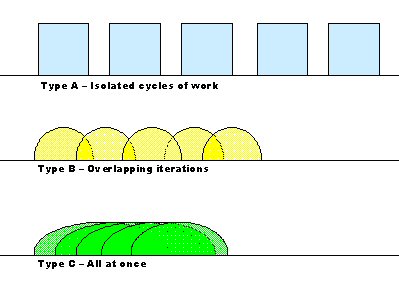Scrum Godfathers: Takeuchi and Nonaka

Takeuchi and Nonaka are Godfathers of the Scrum Agile Process since they coined the term in their seminal paper in the Harvard Business Review in 1986:
Takeuchi, H. and I. Nonaka, The New New Product Development Game. Harvard Business Review, 1986(January-February).
The both got their doctoral degrees at University of California, Berkeley, and were well suited to analyze the combined best practices of east and west. One went on to the faculty of Harvard Business School, the other back to Japan. In recent years, they have both helped establish the Hitotsubashi Graduate School of International Corporate Strategy, the Japanese answer to a better business school.
Their thinking has been updated and extended in a new book that will be useful reading for ScrumMasters. The concepts from the 1986 Harvard Business Review paper are there along with a lot more useful information. Highly recommended.
Takeuchi, H. and I. Nonaka, Hitotsubashi on Knowledge Management. 2004, Singapore: John Wiley & Sons (Asia).
 Scrum is an Agile development framework that Jeff Sutherland invented at Easel Corporation in 1993. Jeff worked with Ken Schwaber to formalize Scrum at
Scrum is an Agile development framework that Jeff Sutherland invented at Easel Corporation in 1993. Jeff worked with Ken Schwaber to formalize Scrum at 

